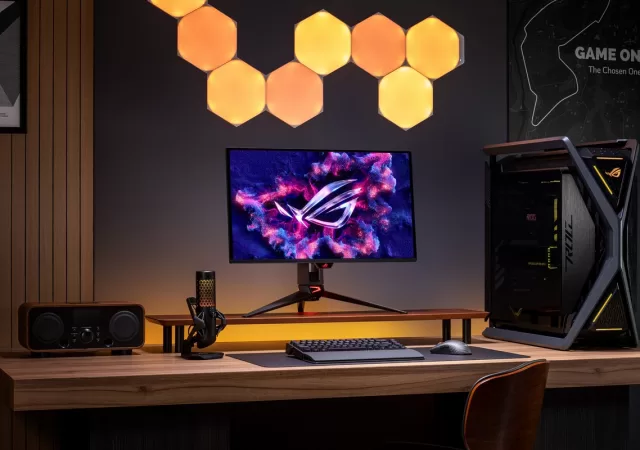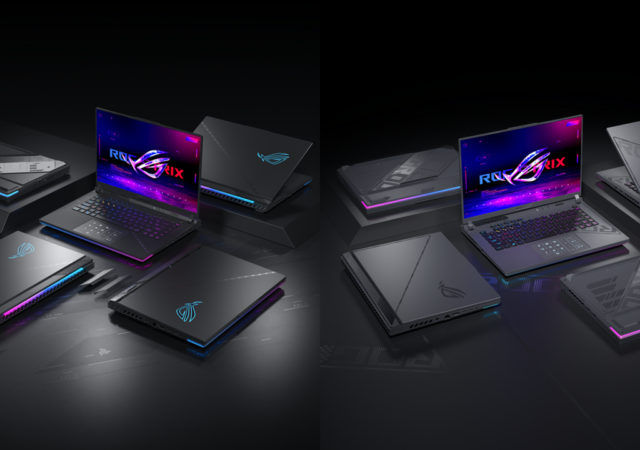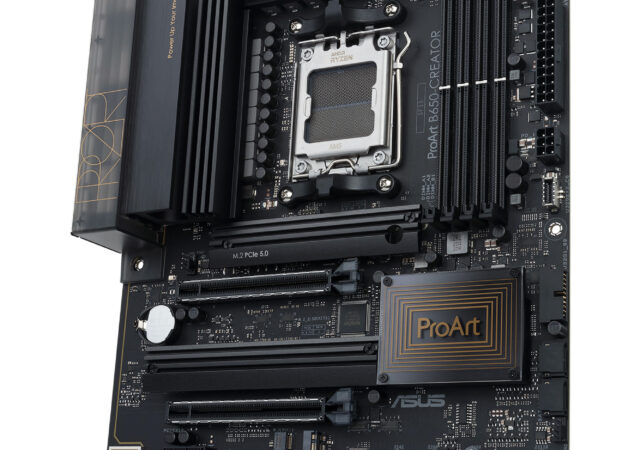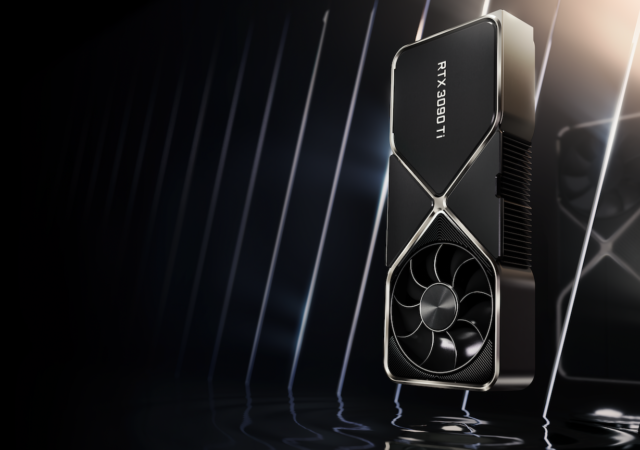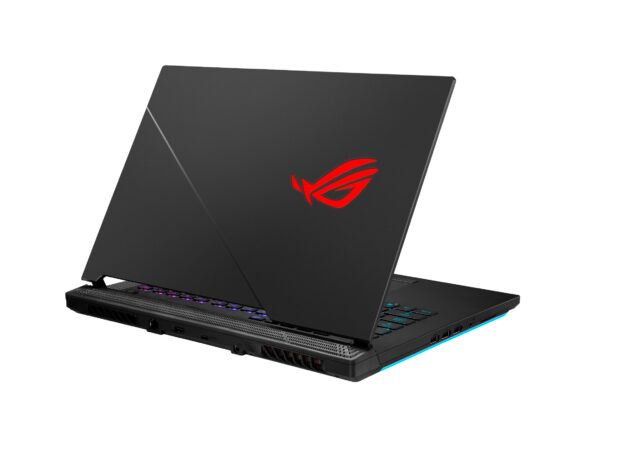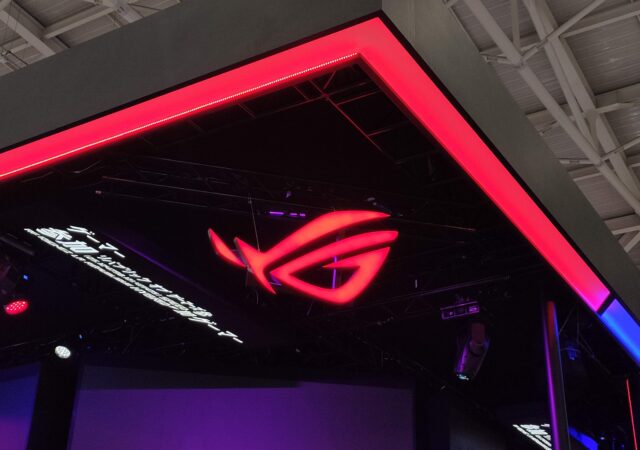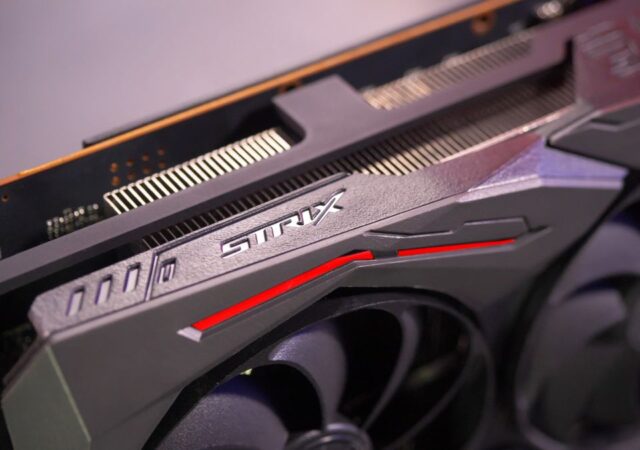ASUS Republic of Gamers (ROG) has announced two new additions to its monitor lineup: the Swift OLED PG27UCDM and the Strix OLED XG27AQDPG. These 27-inch displays showcase the latest advancements in OLED technology, promising exceptional visuals and performance for discerning…
[CES 2023] ROG Strix SCAR & Strix G Lineups Updated with More Power and Vibrant Nebula HDR Displays
ASUS’s Republic of Gamers has been creating astonishing offerings over the past few years with a more streamlined, power-packed line up of gaming laptops for every gamer. This year at CES, the company is putting their best foot forward with…
ASUS is Zen 4 Ready with New B650 Motherboards
ASUS introduces their B650 line-up of ROG Strix, TUF Gaming, ProArt, and Prime motherboards for AMD’s latest Ryzen 7000 Zen4.
The NVIDIA GeForce RTX 3090 Ti is Here! What Does This Mean for GPUs?
NVIDIA just launched their GeForces RTX 3090 Ti, the most expensive GPU you can buy in 2022. What does this mean for the general industry?
The New ASUS ROG STRIX gaming Notebooks with Liquid Metal Cooling Comes to Malaysia!
ASUS just launched their new ROG STRIX gaming notebook with Intel’s 10th generation Core procesor and liquid metal cooling.
ASUS Unveils New Republic Of Gamers (ROG) Line Up Powered by 10th Generation Intel Processors & NVIDIA GeForce RTX SUPER GPU
ROG or Republic of Gamers has become one of the most popular gaming brands in the world. It has become ASUS’ most valuable brand when it comes to performance laptops and PCs geared for gamers. This year, ASUS breathes new…
techENT Download |AMD Feels the Heat, Sony Ups the Ante with Xperia 1 II, HUAWEI Mate Xs & more
techENT breaks down the last week’s most pertinent news as we start this week to get you up to date with the latest tech news.
ASUS heating things up with AMD as ROG Strix RX5700 overheats
With reports of overheating and burnt out graphics cards, ASUS responds with an update to their situation surrounding their AMD Radeon 7500 series STRIX graphics cards.



